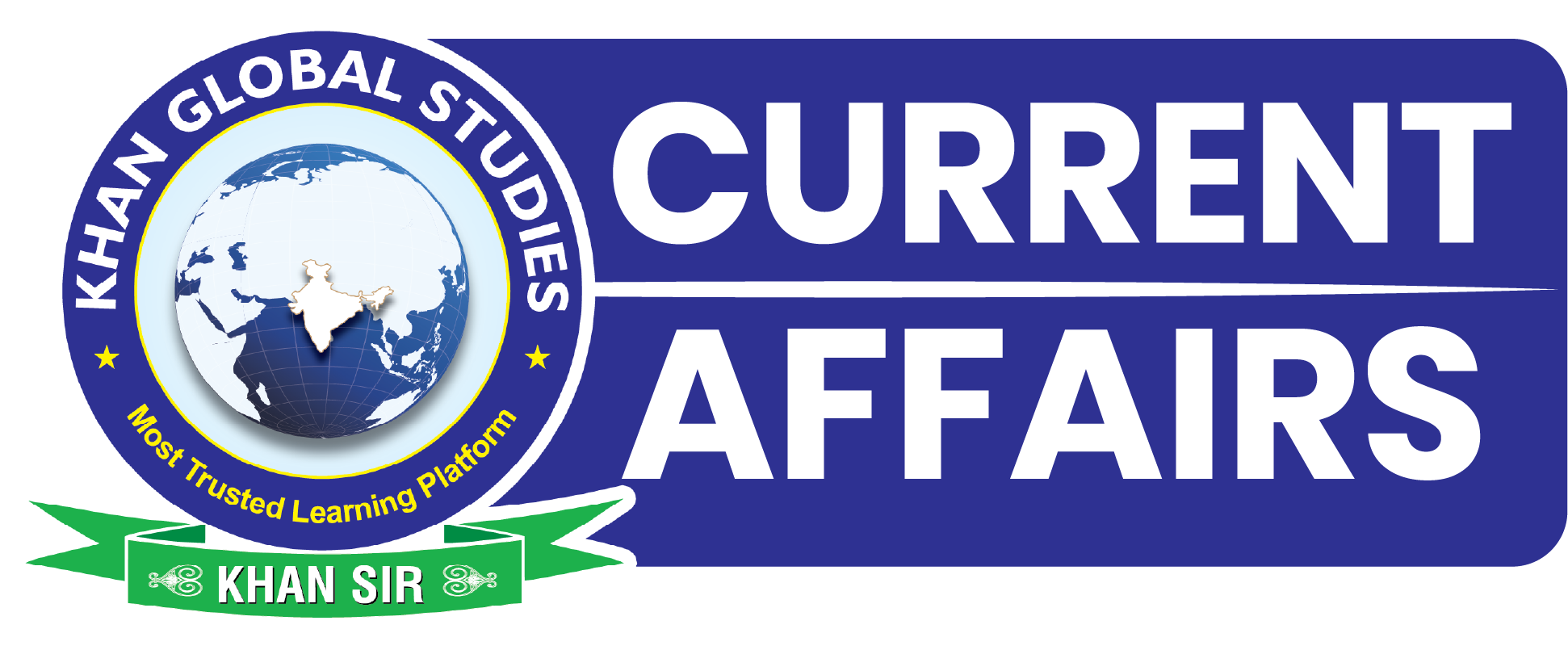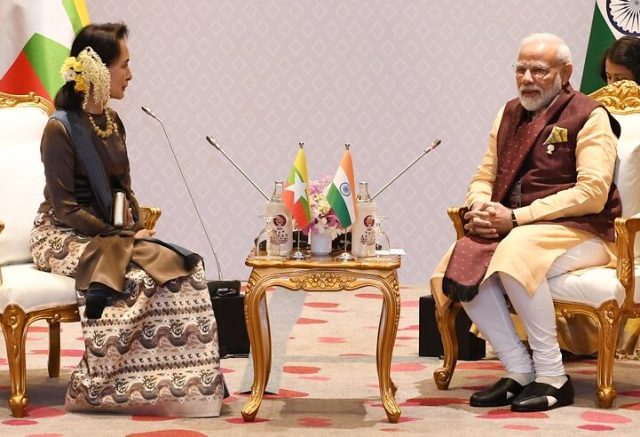Syllabus:
GS-2: Bilateral, regional and global groupings and agreements involving India and/or affecting India’s interests
Context:
Prime Minister of India participated virtually in the 22nd ASEAN-India Summit, held in Kuala Lumpur under the chairmanship of Malaysia.
Key Highlights
Political and Strategic Cooperation:
- India welcomes Timor-Leste as the 11th full member of ASEAN.
- India supports ASEAN unity, centrality, and the ASEAN Outlook on the Indo-Pacific.
- India adopts and implements the ASEAN-India Plan of Action (2026–2030).
- India organizes the Second ASEAN-India Defence Ministers’ Meeting and Maritime Exercise.
- India strengthens its role as a First Responder in regional crises with enhanced disaster preparedness and humanitarian aid cooperation.
Economic Cooperation:
- India called for the early review of the ASEAN-India Free Trade Agreement (AITIGA).
- Adoption of the ASEAN-India Joint Leaders’ Statement on Sustainable Tourism.
Maritime and Environmental Cooperation:
- The year 2026 has been designated as the “ASEAN-India Year of Maritime Cooperation.”
- It has been announced that the East Asia Summit Maritime Heritage Festival will be held at Lothal, Gujarat, along with a conference on Maritime Security Cooperation.
Capacity Building and Skill Development:
- India announced training for 400 professionals in renewable energy to support the ASEAN Power Grid initiative.
- India extends Quick Impact Projects to Timor-Leste.
Educational and Cultural Cooperation: India proposed establishing a Centre for Southeast Asian Studies at Nalanda University.
Association of Southeast Asian Nations (ASEAN)
- The ASEAN was established on 8 August 1967 in Bangkok, Thailand, with the signing of the ASEAN declaration (Bangkok Declaration).
Present Members:
- The Founding members are Indonesia, Malaysia, Philippines, Singapore and Thailand.
- Other Members are Brunei, Cambodia, Laos, Myanmar, and Vietnam, Timor-Leste.
Secretariat: The ASEAN Secretariat is located in Jakarta, Indonesia.
Motto: The motto of ASEAN is “One Vision, One Identity, One Community”.
Goals:
- Promote economic growth, social progress, and cultural development.
- Maintain regional peace and stability through adherence to the rule of law and peaceful settlement of disputes.
- Enhance regional security and foster cooperation.
As of 2024, ASEAN countries have a total population of 678 million people making it the third most populous region in the world and a combined gross domestic product (GDP) of $3.9 trillion.

